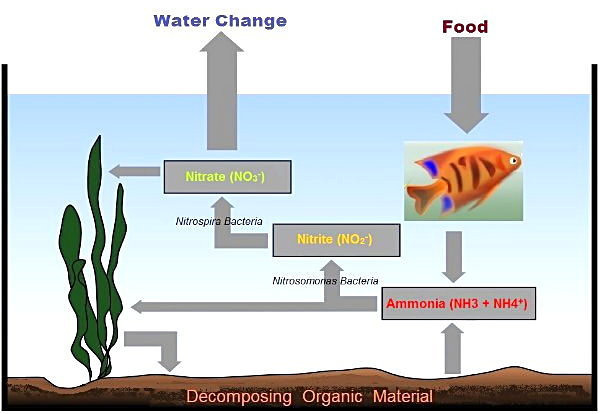No, don't stop ammonia, only add it when specific test readings have been reached.
You've added ammonia and now have zero ammonia and 2 ppm nitrite. That suggests you are at this stage
You now need to add more ammonia, enough to raise the tank ammonia level to 3 ppm (test half an hour after adding the ammonia to allow time for it to mix in thoroughly).
Then start testing every other day. You will be waiting until you have zero ammonia, then zero ammonia again 2 days later. At this point, the nitrite reading is not important.
Once you have zero ammonia and zero ammonia again 2 days later add a small dose of ammonia - enough to give a reading of 1 ppm in the tank, and a third of the amount used to get 3 ppm. This small dose is to feed the ammonia eaters without making a lot of nitrite.
Once this small dose has been added, test for ammonia and nitrite every day. Wait until ammonia is 0.25 ppm or lower AND nitrite is clearly under 1 ppm. Then add another dose of ammonia to get a reading of 3 ppm.
Test after 24 hours. If both ammonia and nitrite are zero, the cycle has finished. If one or both are not zero test every day until ammonia is less than 0.25 and nitrite is less than 1 ppm. Then add another 3 ppm dose of ammonia and test again after 24 hours. If both are zero, the cycle has finished; if one or both are not zero, repeat this step until they are both zero 24 hours after adding ammonia.
Then do a huge water change to remove the nitrate that has been made and get fish.




